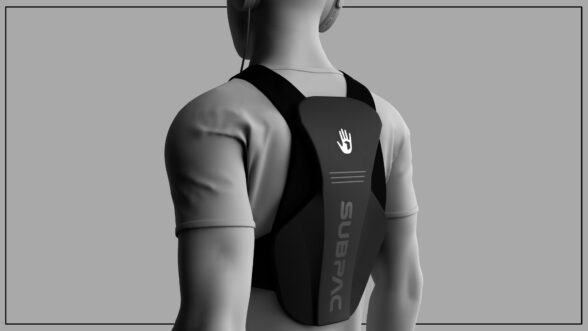CONCERT CONNECTIONS
Merch drops get more mindful
Within Cassandra’s most recent report, Bringing Global Culture into Focus, 77% of global Gen Zs revealed that they can’t live without music. Many Gen Zs view their favorite artists as an extension of their own identities, and merch is now so ubiquitous with musical icons fans have created an almost religious exercise in search of these limited edition memorabilia including collecting confetti and drumsticks. However, more accessible, mindful, and even fan-made merch are gaining huge traction that signals a wide range of information to other fans, such as knowledge and interests within the fandoms. Ahead, we put three examples on center stage.

TAYLOR SWIFT: FRIENDSHIP BRACELETS
During the Eras stadium tour, making and trading colorful, beaded friendship bracelets was an essential part of the concert experience for Switifies. Fans took to social media all summer to show off their arms full of fun bracelets that make references to various Swift songs, album eras, inside jokes among fans and lyrics. The trend became so widespread that even celebrities have joined in on the fun. Everyone from Gigi Hadid to Jennifer Lawrence and even Swift herself have been spotted accepting friendship bracelets from Swifties and have even taken to social media to show off their colorful arm candy.

HARRY STYLES: SUBTLE MERCH
Far from the mass-produced concert tee or branded figurine, "subtle merch" of "coded" items that are deeply personal to fans, signal a fan's knowledge or insider status within a given fandom. In this case, Harry Styles and his lyrics have paved the way for a subculture of fans that are part of the changing conversation of what it means to be a fan thanks to amassing over 26M views on dedicated #harrycoded videos across TikTok.

COLDPLAY: SUBPACS
In an applauded move in making their concerts more accessible to everyone, Coldplay recently provided deaf and hard-of-hearing fans the chance to experience their music more deeply at live gigs thanks to Subpacs at shows. These wearable subwoofer devices strap to a user’s back – much like a vest – and respond to the music’s bass frequencies using tactile transducers and vibrotactile membranes, giving a more accurate feeling of the low frequencies.